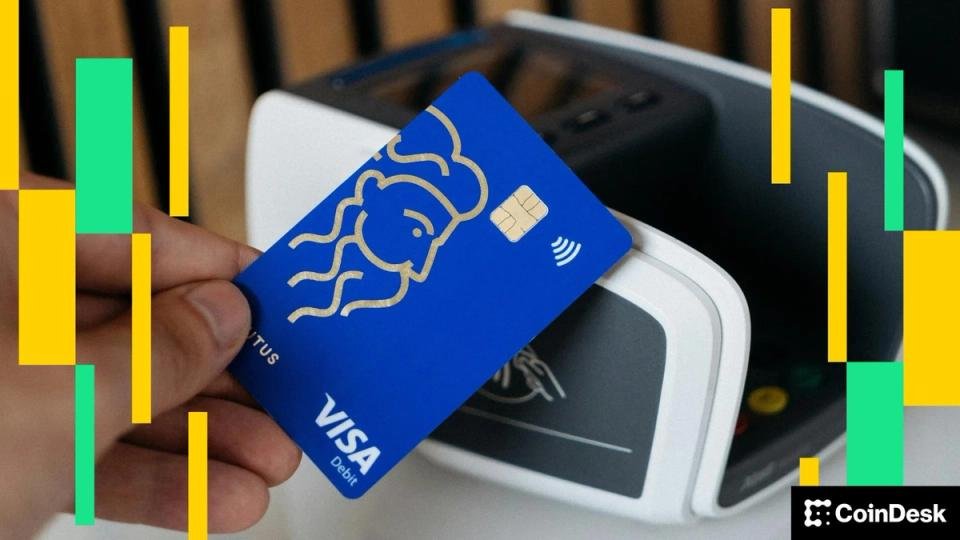Visa’s Vision for Onchain Lending in Decentralized Finance
Visa, a global leader in payment processing, is aiming to reshape the decentralized finance (DeFi) lending landscape. The company, known for its expansive payment network that facilitates nearly $16 trillion in transactions annually, has shifted its focus to lending solutions within blockchain technology. This transition is detailed in Visa’s report titled "Stablecoins Beyond Payments: The Onchain Lending Opportunity," which introduces the concept of “onchain finance” as a more institutional-friendly term for DeFi.
The Shift to Onchain Finance
The rebranding to "onchain finance" signifies Visa’s strategy to align decentralized credit with traditional financial institutions amidst evolving regulations, particularly with the emergence of the GENIUS Act. This legislative change aims to foster innovation while promoting consumer protection in the financial sector. Visa is encouraging banks and private credit funds to become liquidity providers for programmable lending protocols. The company plans to offer the essential infrastructure, compliance mechanisms, and data analytics, targeting the vast capital held by traditional financial institutions.
Institutional Engagement in DeFi Lending
Visa’s strategy highlights its intention to attract institutions into the realm of decentralized lending. By leveraging its well-established brand and infrastructure, Visa believes it can make participation in onchain finance appealing to established financial entities. With over $670 billion in stablecoin loans issued since 2020, the cumulative volume indicates a growing maturity of stablecoins as essential instruments in automated credit markets. This potential growth in lending activity positions Visa to play a significant role in the future of financial transactions, moving beyond mere experimentation with cryptocurrency.
Functioning Models in Onchain Finance
To demonstrate the viability of this new model, Visa’s report presents three operational examples in the stablecoin-based credit landscape. First is Morpho, a liquidity meta-layer that connects institutional wallets and services like Coinbase and Ledger, enabling borrowers to use tokenized assets like Bitcoin as collateral for USDC loans. Second is Credit Coop, a partner of Visa, which employs smart contracts to effectively manage merchant receivables. Lastly, Huma Finance automates cross-border working-capital loans, ensuring swift supplier payments and the recycling of liquidity for substantial annual yields.
Visa’s Role as an Infrastructure Provider
Visa is adopting an approach akin to its traditional financial services model. Instead of directly funding loans or issuing tokens, Visa seeks to provide the underlying technology and services that bridge the gap between decentralized finance and traditional finance (TradFi). Its focus is on the development of APIs, settlement systems, and analytics to facilitate the interconnectivity of programmable credit with established financial networks. This strategy minimizes the risk associated with counterparty lending while allowing Visa to maintain a robust infrastructure that supports onchain financial activities.
The Future of Onchain Credit and Visa’s Infrastructure
With its historical capability to revolutionize payment systems globally, Visa aims to replicate this success in the onchain credit sector. By positioning itself as the backbone of programmable finance, Visa is not merely entering DeFi; it is fundamentally shaping its infrastructure. Observing the growth in stablecoin lending, Visa is likely to explore further partnerships and investments in this domain, ensuring that it remains at the forefront of financial innovation.
In conclusion, Visa’s venture into onchain lending represents a significant evolution in both the DeFi landscape and the company’s strategy. By aligning itself with institutional interests and evolving regulatory frameworks, Visa is poised to become a pivotal player in the future of programmable finance.


